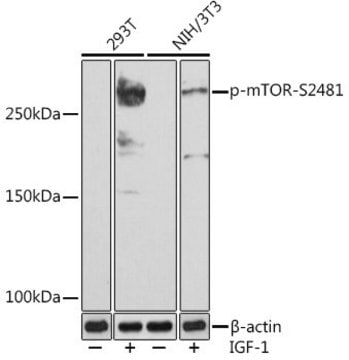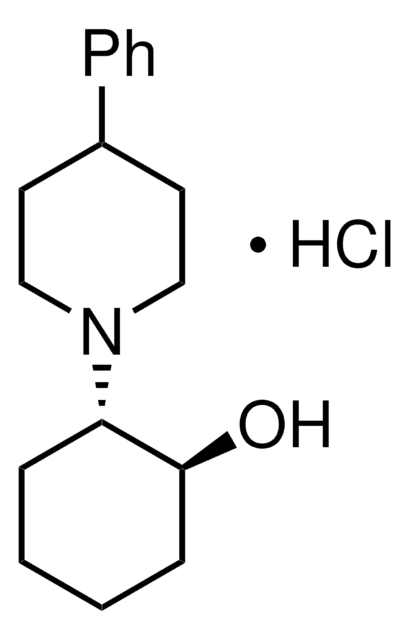C8849
α-Chloralose−HBC complex
≥92% α-anomer basis
Sinônimo(s):
1,2-O-(2,2,2-Trichloroethylidene)-α-D-glucofuranose: 2-hydroxypropyl-β-cyclodextrin complex
About This Item
Produtos recomendados
Nível de qualidade
Ensaio
≥92% α-anomer basis
forma
powder
prazo de validade
4 weeks at 4 °C (for aqueous solutions)
solubilidade
H2O: freely soluble
Aplicação
Ações bioquímicas/fisiológicas
Qualidade
Palavra indicadora
Warning
Frases de perigo
Declarações de precaução
Classificações de perigo
Aquatic Acute 1 - Aquatic Chronic 1
Código de classe de armazenamento
13 - Non Combustible Solids
Classe de risco de água (WGK)
WGK 1
Ponto de fulgor (°F)
Not applicable
Ponto de fulgor (°C)
Not applicable
Equipamento de proteção individual
Eyeshields, Faceshields, Gloves, type N95 (US)
Certificados de análise (COA)
Busque Certificados de análise (COA) digitando o Número do Lote do produto. Os números de lote e remessa podem ser encontrados no rótulo de um produto após a palavra “Lot” ou “Batch”.
Já possui este produto?
Encontre a documentação dos produtos que você adquiriu recentemente na biblioteca de documentos.
Nossa equipe de cientistas tem experiência em todas as áreas de pesquisa, incluindo Life Sciences, ciência de materiais, síntese química, cromatografia, química analítica e muitas outras.
Entre em contato com a assistência técnica







